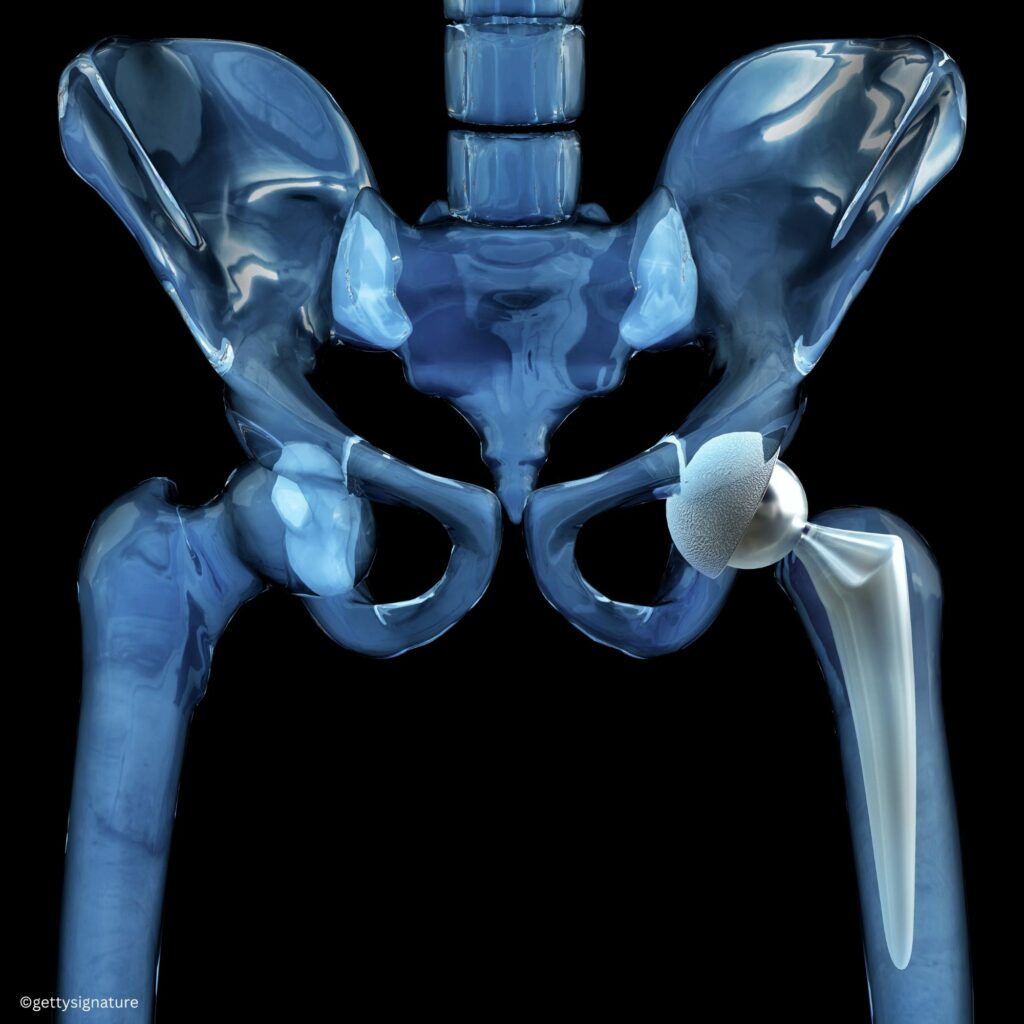
Titanium is essential in applications like aerospace components and orthopedic implants, where strength, fatigue resistance, and biocompatibility are critical. QuesTek Innovations’ ICMD® Software Platform enables data-driven design of titanium alloys to meet these exacting demands. (Image: QuesTek Innovations/PRNewswire)
EVANSTON, Ill.—QuesTek Innovations recently introduced new titanium alloy modeling capabilities within its ICMD® (Integrated Computational Materials Design) Software Platform that “further extend its depth and utility,” the company said in a release.
QuesTek described ICMD as a cloud-based platform that it constantly enhances to meet the evolving needs of materials engineers. The software is said to reduce risk and accelerate the development of materials from concept to qualification.
“This latest expansion provides greater insight into the behavior of Ti alloys for aerospace, energy, and additive manufacturing, among other industry/applications segments,” the release stated.
The latest ICMD release introduces models to estimate key mechanical properties—including elastic modulus, shear modulus, Poisson’s ratio, yield strength, and ultimate tensile strength—of titanium-based alloys, all based on alloy chemistry and processing parameters. These tools enable users to screen and optimize alloy candidates earlier in the development process, reducing reliance on costly and time-consuming experiments, the company said in the release.
Simulating heat treatment effects on microstructure
The update also includes process-structure models that simulate how heat treatment affects alpha-phase development. Users can model the coarsening of alpha laths and the precipitation of globular alpha during annealing. In this way, materials teams can design microstructures with the right balance of strength, ductility, and fatigue resistance, the company said.
Supporting better additive manufacturing outcomes
Another enhancement provides predictive modeling of dendritic grain morphology under different solidification conditions. This helps engineers anticipate whether a material will form columnar or equiaxed grains, enabling alloy and process designs that reduce anisotropy and improve part performance, particularly for 3D-printed components, according to QuesTek.
These updates are said to further strengthen ICMD as a “comprehensive platform for materials innovation and qualification, giving users control over microstructure-driven performance outcomes in demanding applications.”
